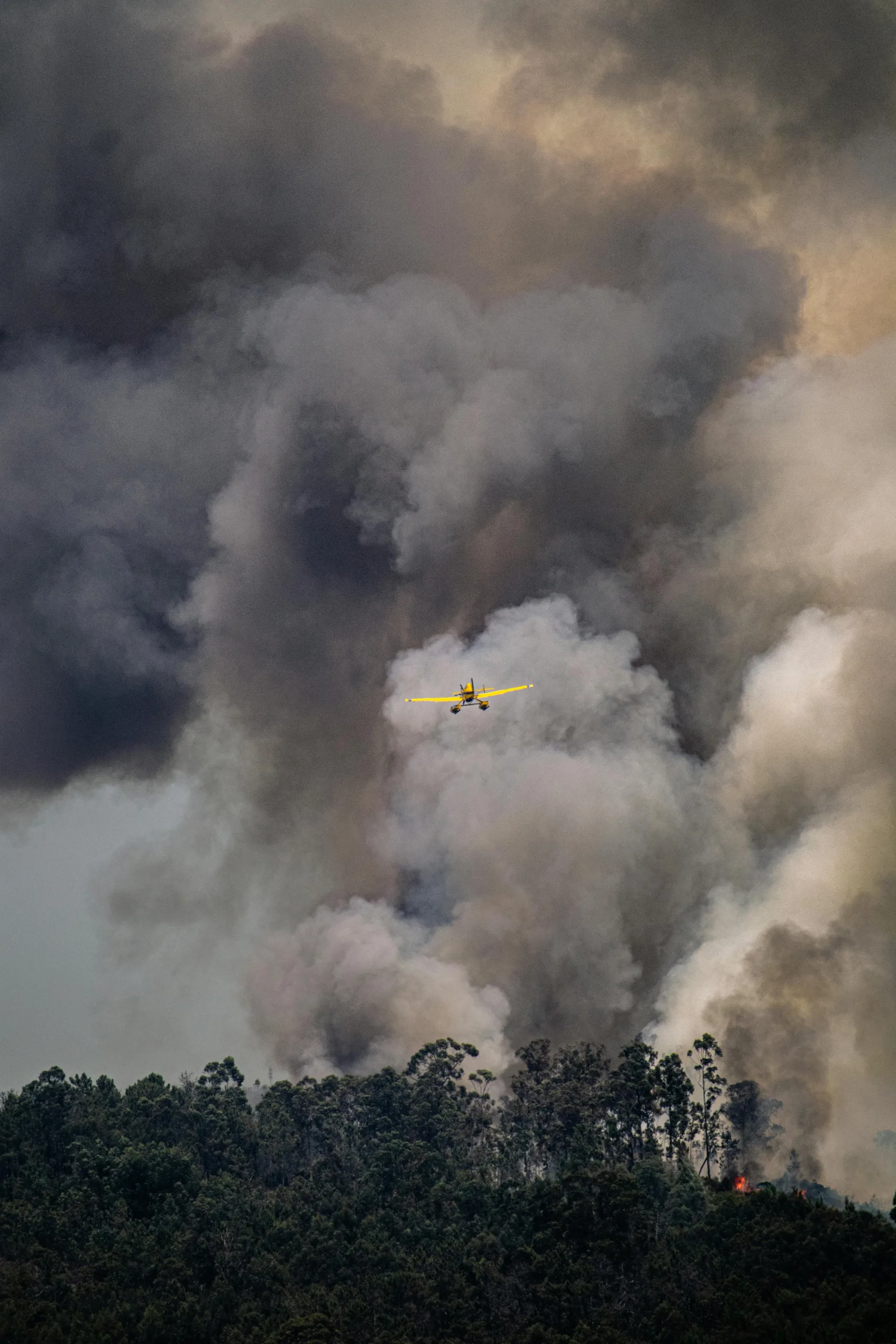 The world’s most polluted city is tough to pinpoint, although those with consistently bad air quality include Lahore, Pakistan; Hotan, China; and Delhi, India are the highest ranking in air pollution index.According to real-time data from air sensor startup IQAir, during wildfire season, cities such as New York, Chicago, San Francisco, Sacramento, and Seattle have the undisputed title of having the worst air quality in the world—at least for a day or two.However, the air in the majority of these cities is normally not this dirty.
The world’s most polluted city is tough to pinpoint, although those with consistently bad air quality include Lahore, Pakistan; Hotan, China; and Delhi, India are the highest ranking in air pollution index.According to real-time data from air sensor startup IQAir, during wildfire season, cities such as New York, Chicago, San Francisco, Sacramento, and Seattle have the undisputed title of having the worst air quality in the world—at least for a day or two.However, the air in the majority of these cities is normally not this dirty.
Which cities consistently have the poorest in air pollution index, and why?
Suspended Particulate matter (SPM), a mixture of solid and liquid particles hanging in the air, is a common indicator for air pollution index The World Health Organization’s (WHO) most recent data on SPM2.5 small particle pollution, or those inhalable particles smaller than 2.5 micrograms, show that hundreds of communities have year-round air that the U.S. EPA considers harmful for just one day.
Lahore, Pakistan has the worst in air pollution index in 2022, according to an IQAir assessment. The Chinese city of Hotan came in second, followed by an Indian Delhi neighborhood. The top three most polluted cities in the world in 2021 were all in India: Delhi came in first place among capital cities worldwide, followed by Dhaka, Bangladesh, and N’ Djamena, Chad. Over the course of the year, the average SPM2.5 concentration in each of these cities was over 90 micrograms per meter cubed, or approximately 20 times the permitted amount.It is impossible to identify which cities actually have the worst air quality, even while these rankings highlight some areas with high levels of air pollution. The quality of the sensors utilized varies, and several African nations are left off the list since they don’t submit any data at all.
There are limits to even the metric used for measurement, SPM2.5. Little particle inhalation can lead to health issues, and very few cities are in compliance with the WHO’s strictest SPM2.5 guidelines. However, these particles’ chemical makeup might also have an effect on health. According to a WHO spokesman, while the research is inconclusive, it is plausible that, depending on the source of pollution, cities with similar overall SPM2.5 levels could have varied health effects.There are multiple explanations for the differences in SPM2.5 levels between cities. Geography is one. Due to its proximity to the Taklamakan desert, Hotan frequently encounters dust storms. Similarly, N’Djamena is close to the Sahara Desert’s southern border. Mountains can affect air quality by obstructing the dispersal of pollutants:
Main source
In addition, fossil fuels contribute to Delhi’s PM2.5 pollution. Fossil fuels degrade the air quality in cities all around the world. They indirectly raise global temperatures, which fuels more wildfires and the conversion of more green areas into deserts. The air is made more PM2.5 by both of those processes. Local cities are also directly contaminated by emissions from power plants, automobiles, and industries. According to Kulshrestha’s review in the journal Aerosol and Air Quality Research, Delhi’s air quality improved during the pandemic lockdowns in early 2020, with its index score falling by 41% as a result of a decrease in industrial and vehicular emissions.

